No CEO: The Swedish company where nobody is in charge
- Published
Staff at Swedish firm Crisp explain why they decided to bin the boss
Do you really need someone to tell you what to do at work?
Three years ago, Swedish software consultancy Crisp decided that the answer was no.
The firm, which has about 40 staff, had already trialled various organisational structures, including the more common practice of having a single leader running the company.
Crisp then tried changing its chief executive annually, based on a staff vote, but eventually decided collectively that no boss was needed.
Yassal Sundman, a developer at the firm, explains: "We said, 'what if we had nobody as our next CEO - what would that look like?' And then we went through an exercise and listed down the things that the CEO does."
The staff decided that many of the chief executive's responsibilities overlapped with those of the board, while other roles could be shared among other employees.
"When we looked at it we had nothing left in the CEO column, and we said, 'all right, why don't we try it out?'" says Ms Sundman.
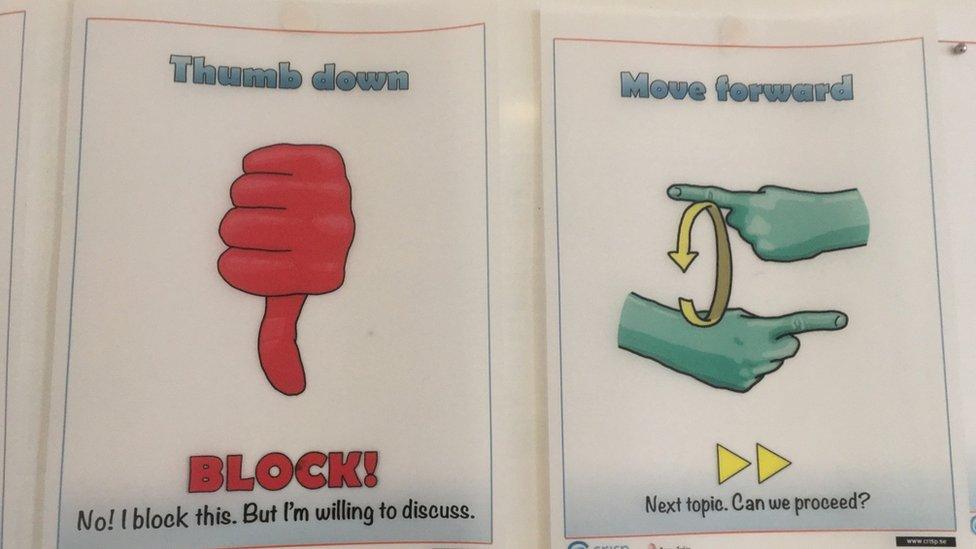
The firm has detailed etiquette rules for its meetings
Crisp holds four-day meetings for all staff two to three times a year. They are used to making decisions on issues that affect everyone, such as an office move, but workers are encouraged to make decisions themselves at other times.
It also still has a board - a legal requirement - and this can be used as a last resort to resolve issues if something is not working.
Henrik Kniberg, an organisational coach at the firm, argues that not having to ask a boss for decisions on projects or budgets means the firm can respond faster.
"If you want to get something done, you stand up and start driving that," he says.
Yet Mr Kniberg stresses that not having to ask permission does not remove the need for staff to discuss issues or bounce ideas off each other.
Because they are all in charge, workers are more motivated, he argues. Crisp regularly measures staff satisfaction, and the average is about 4.1 out of five.
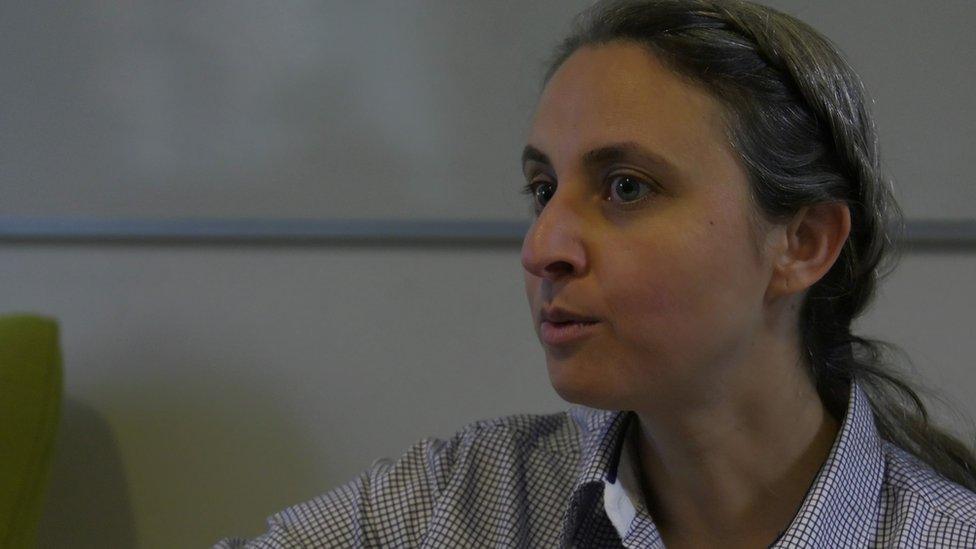
Crisp's Yassal Sundman says the chief executive's responsibilities are shared out
The company is set up like a family, says Mr Kniberg. While nobody tells anyone exactly what to do, the unspoken understanding is that you don't mess up the house.
But what if the rest of the staff feel that one worker has made a terrible decision?
Ms Sundman says that is okay. "At least you did the thing that was right in the moment - and then we can have a discussion about it. You can explain why it is that you thought this was a good way, and actually you might get everybody else to think the same way."
Ultimately, the firm hopes that its way of working could inspire other companies to emulate the "Crisp DNA".
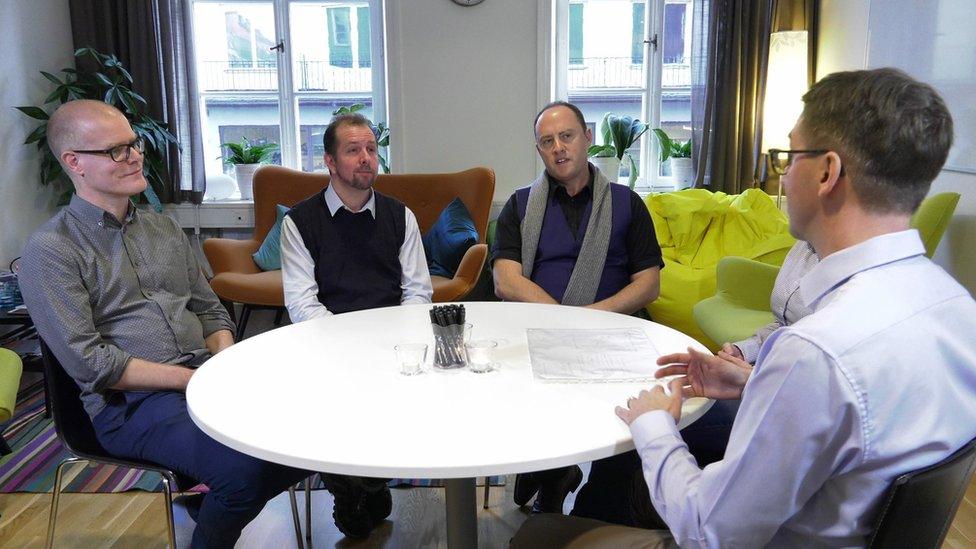
Crisp staff all have an equal say in how the firm is run, they tell CEO coach Steve Tappin
Although Crisp's move may seem radical, plenty of companies have trialled a similar arrangement. One of the best-known is online shoe and clothing retailer Zappos, which is owned by Amazon.
In 2013 the firm adopted a new management structure called "holacracy", external, which was intended to eliminate workplace hierarchy and foster collaboration.
However, almost a fifth of Zappos staff subsequently departed, with chief executive Tony Hsieh admitting that "self-management is not for everyone".
While there is a growing trend for flatter organisational structures - meaning fewer middle managers and bosses - most of the more radical experiments are taking place in small start-ups.
As well as employing fewer people, such firms do not have the long corporate history that can make major changes much more difficult to implement.
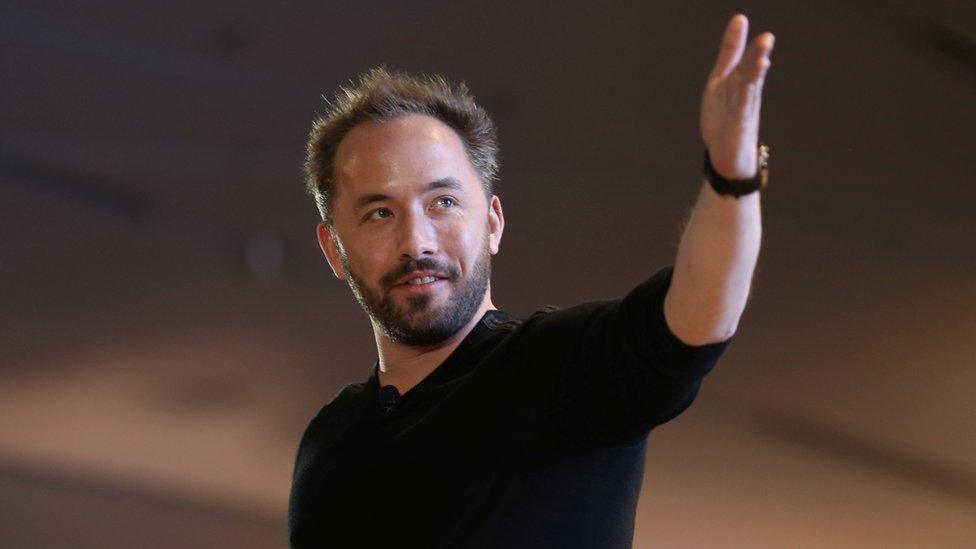
Infinite freedom at work "doesn't always feel good", says Dropbox founder Drew Houston
Drew Houston, founder of online file-sharing service Dropbox, does not believe a leaderless structure can work in larger firms because it would be too chaotic.
The main risk, he says, is that staff will encroach into each other's areas of responsibility, making them less efficient.
"Often infinite freedom like that can be pretty disorientating. It doesn't always feel good, because you no longer know what you're supposed to do, what's important and you're bumping up against other people," Mr Houston says.
Similarly, Meg Whitman, chief executive of technology giant Hewlett Packard Enterprise (HPE), firmly believes that companies need a leader.
"You've got to have the accountability, because if people in your organisation don't know what they're doing and how it affects the customers, then you've got a disconnect problem," she says.
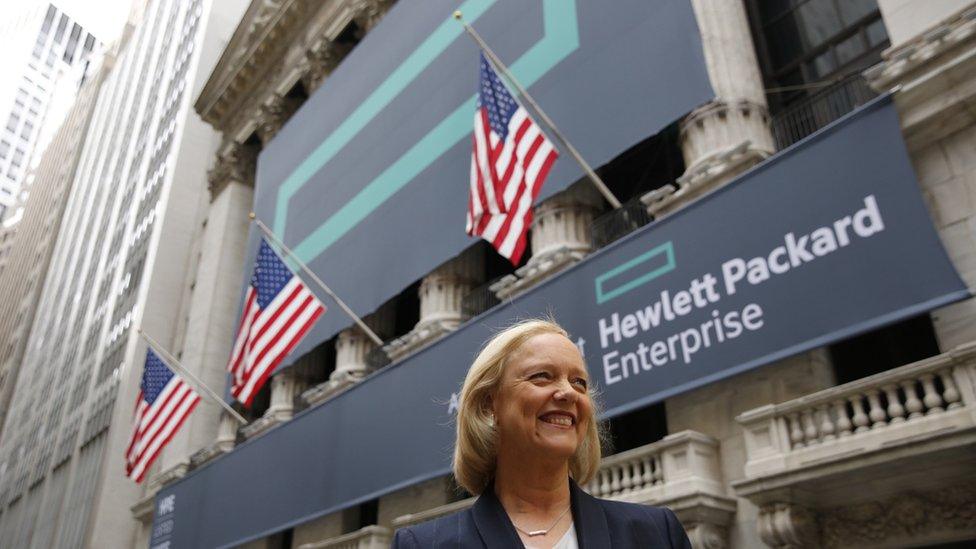
HPE boss Meg Whitman says companies must have a leader to make decisions
However, HPE has tackled one problem that hinders many big companies: the time it takes to make decisions.
"We tended to let decisions sit for way too long a time," Ms Whitman says. "So we now have a little saying at Hewlett Packard Enterprise: you've got to escalate a decision or a challenge and you have to resolve it in 48 hours."
CEO coach and author Steve Tappin says even if firms are sceptical of companies that don't have a single boss, it is worth paying attention to the likes of Crisp.
"Many businesses may not want to go as far as getting rid of their chief executive, but there are valid lessons to be learnt from radical companies like Crisp," he says.
This feature is based on interviews by CEO coach and author Steve Tappin, and by series producer Neil Koenig, for the BBC's CEO Guru series.